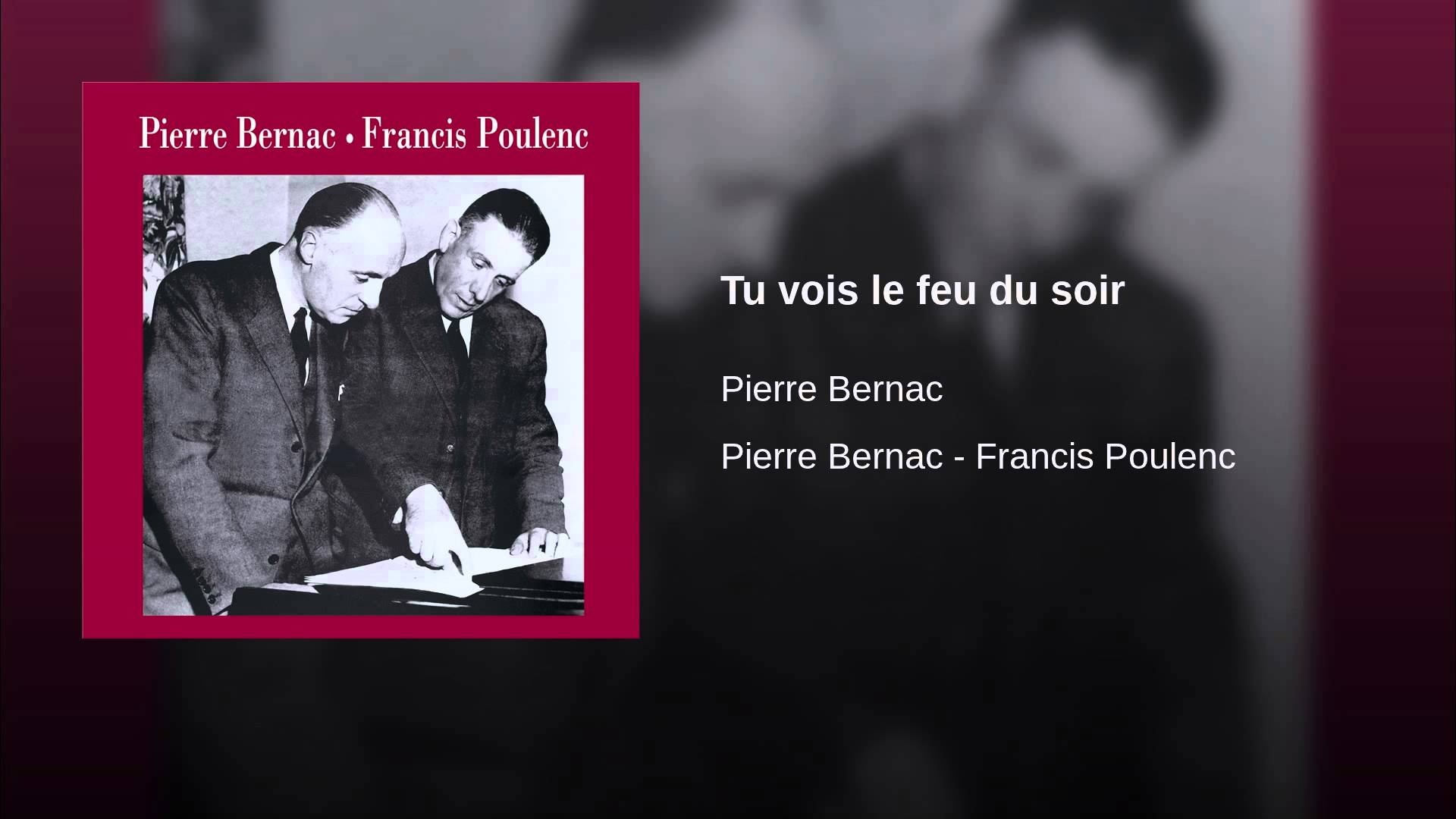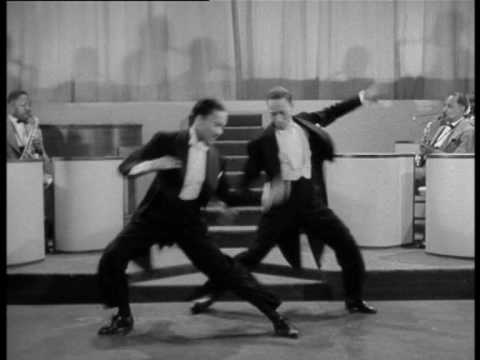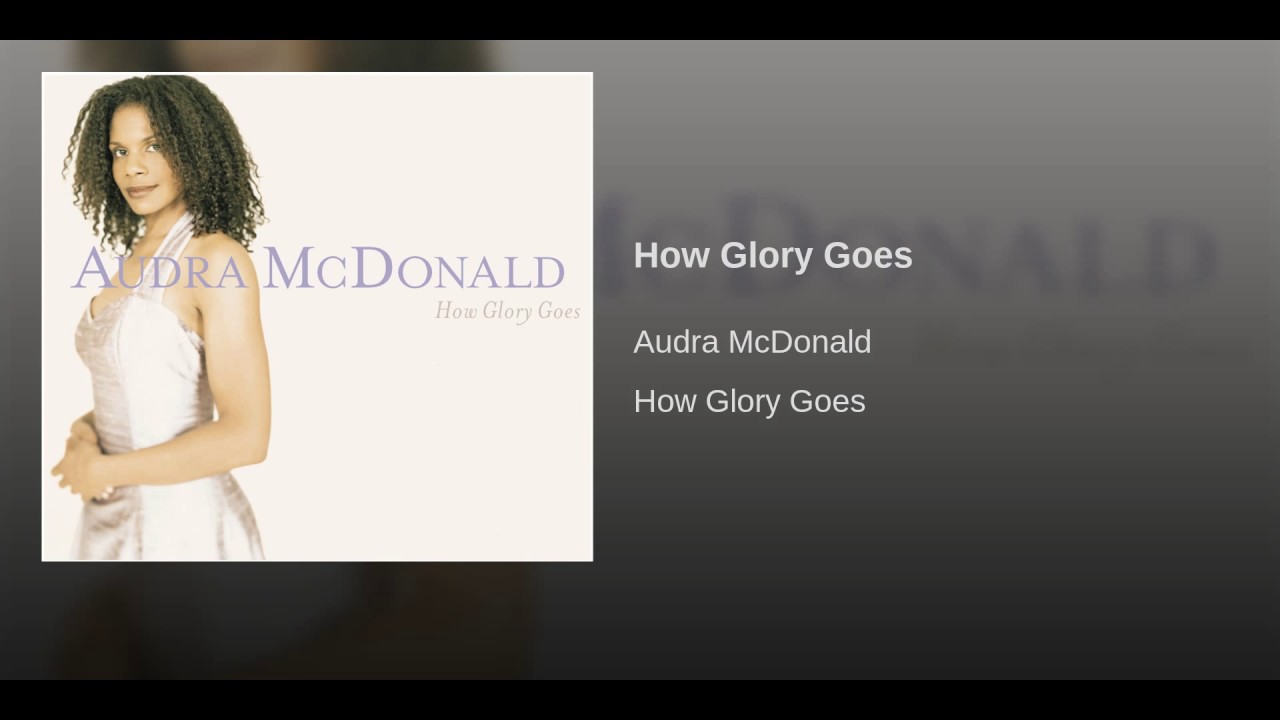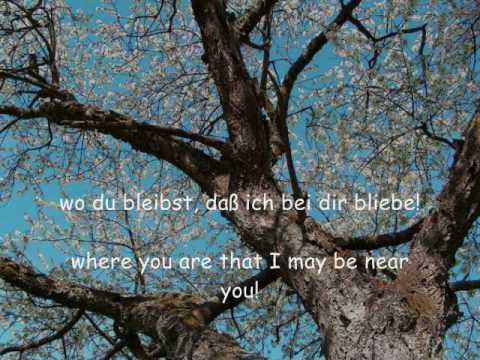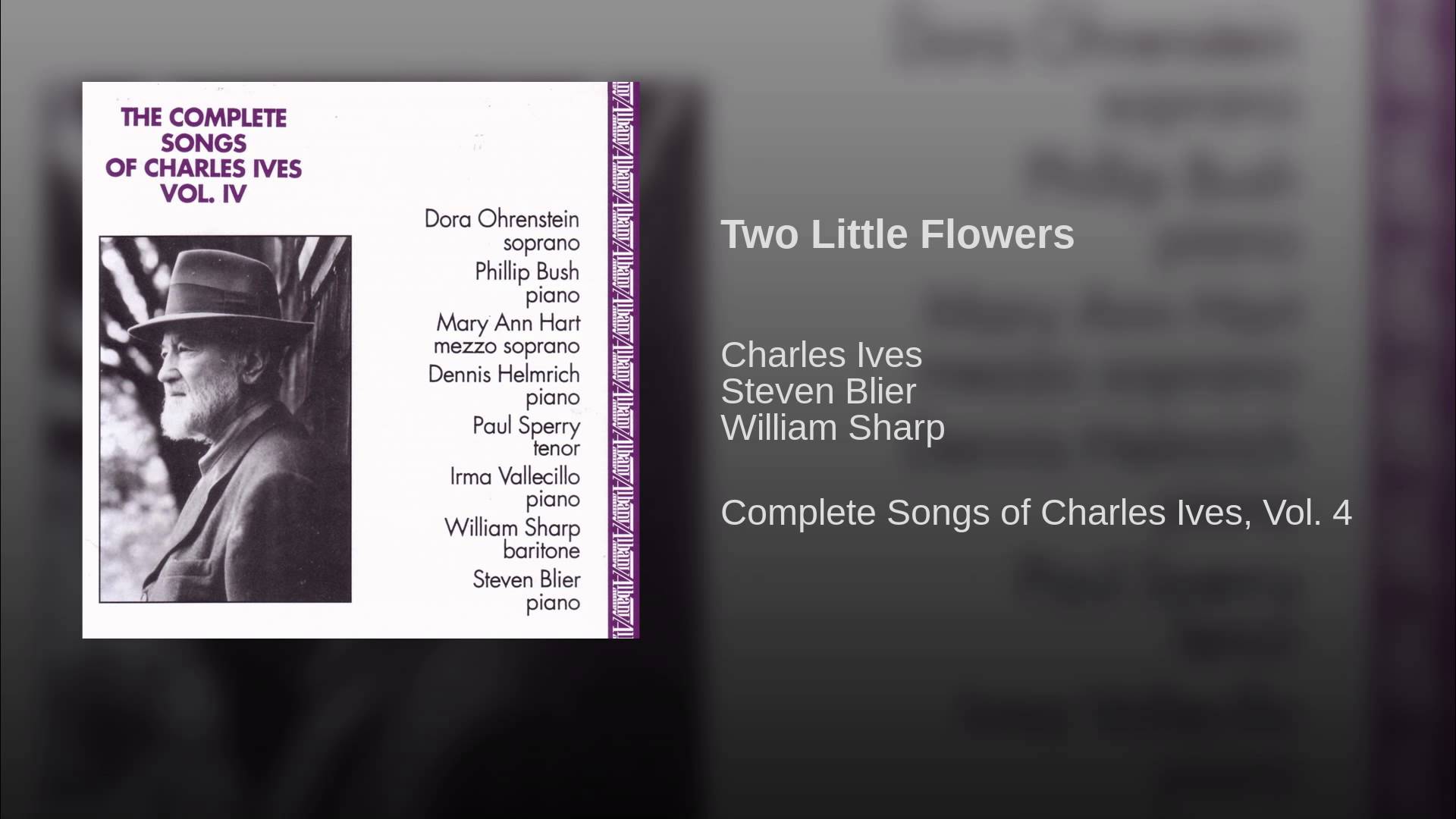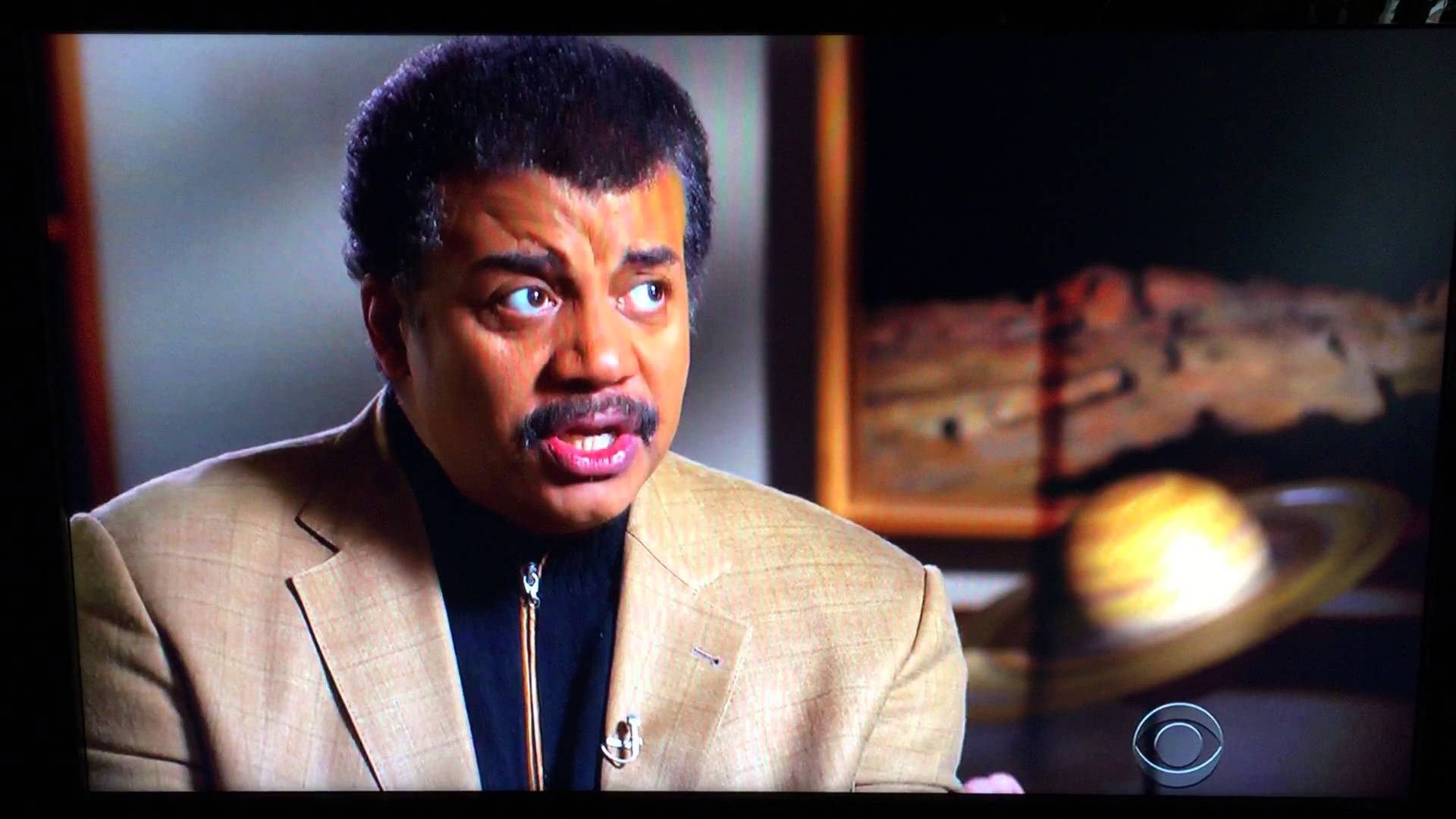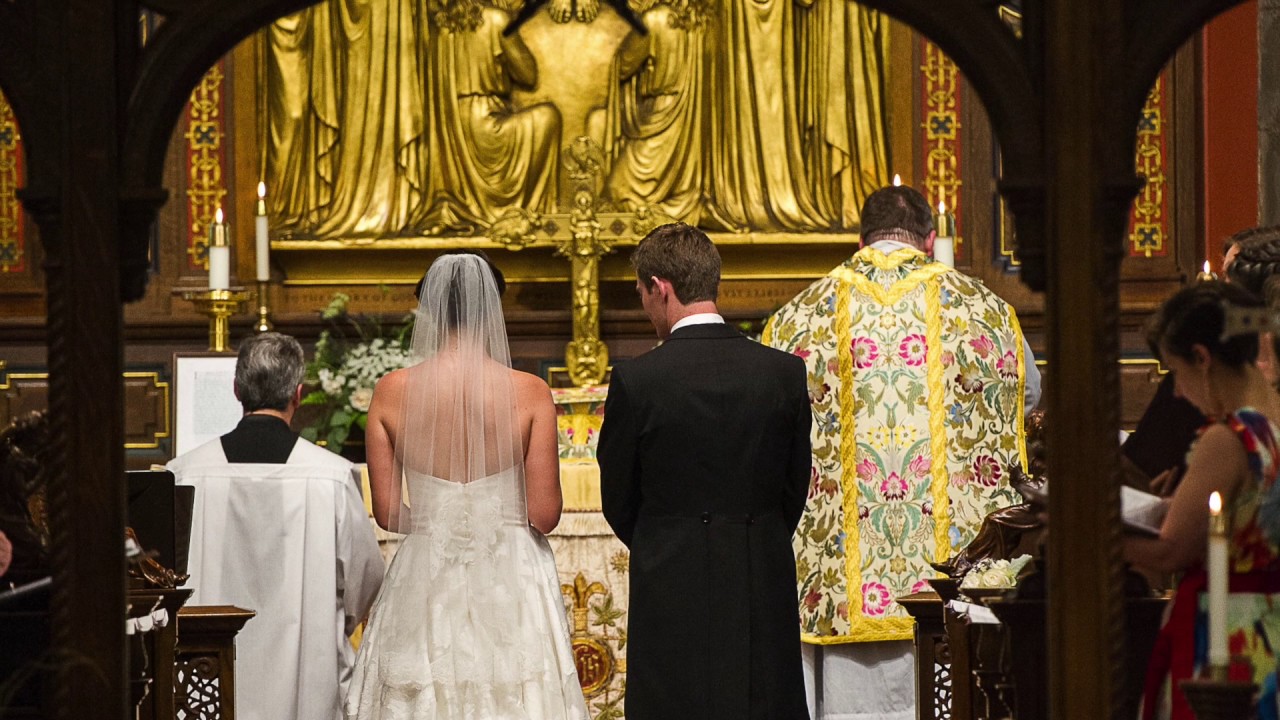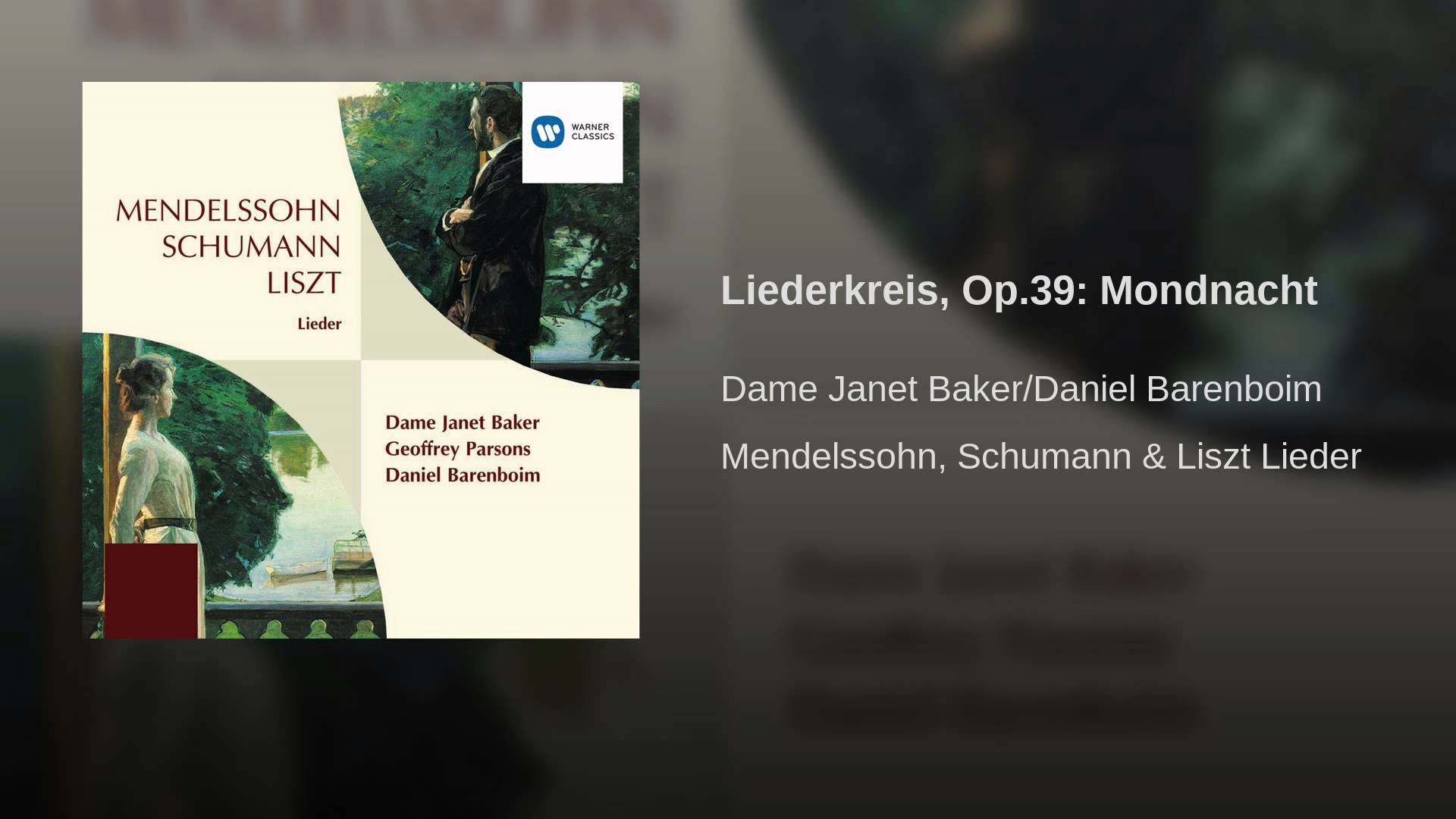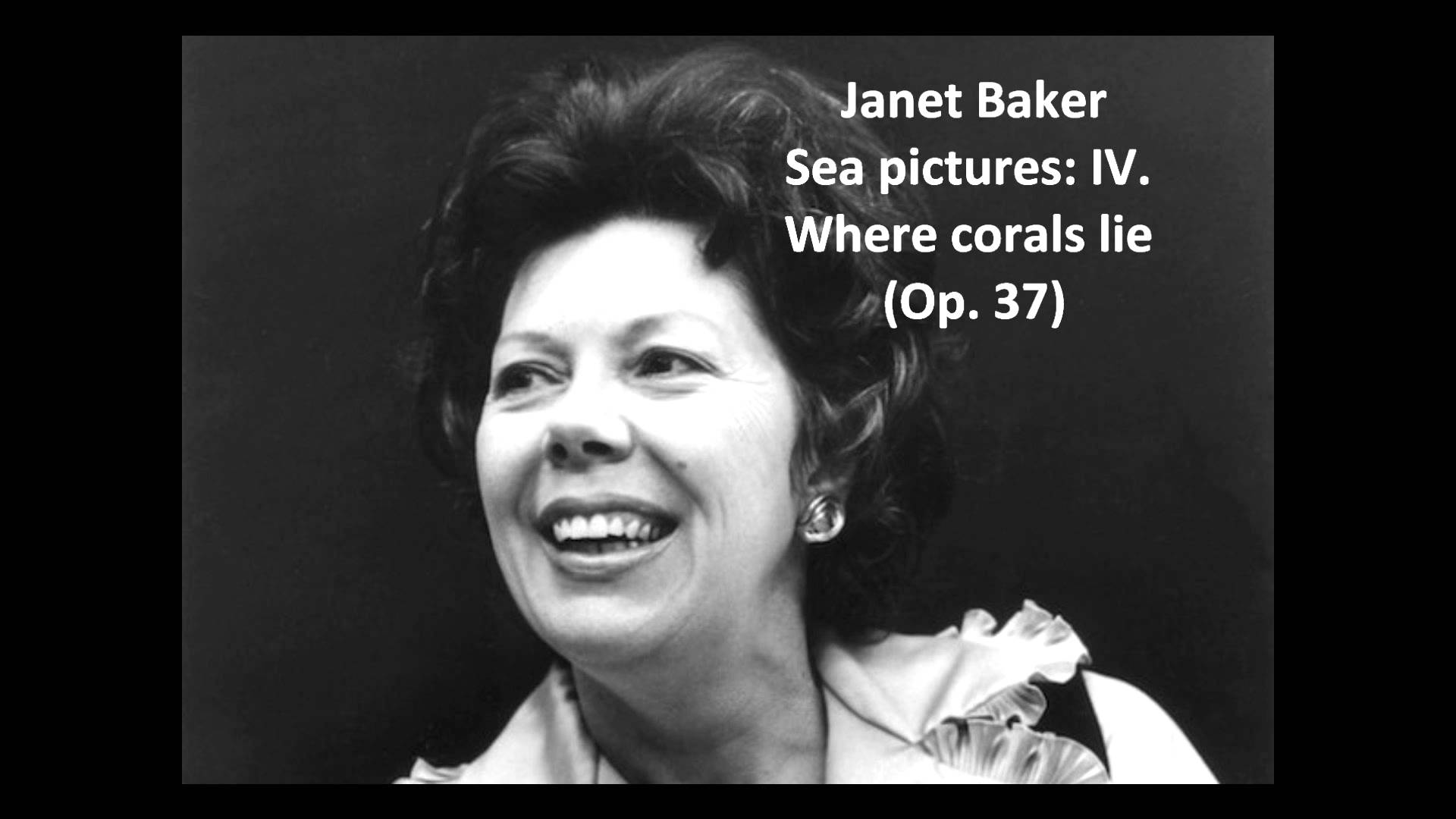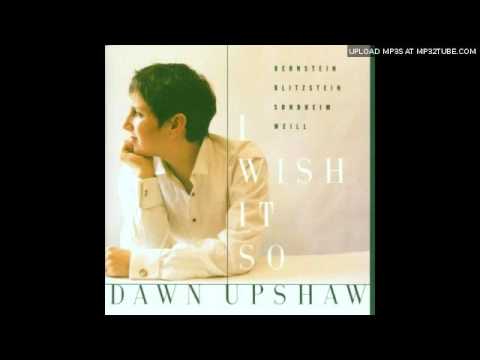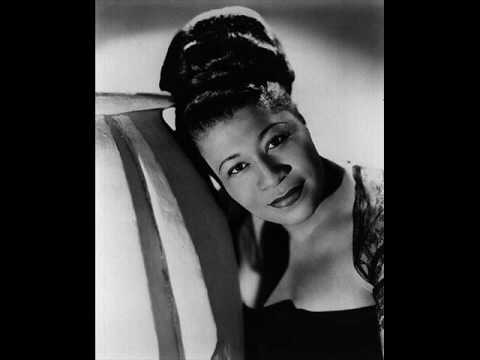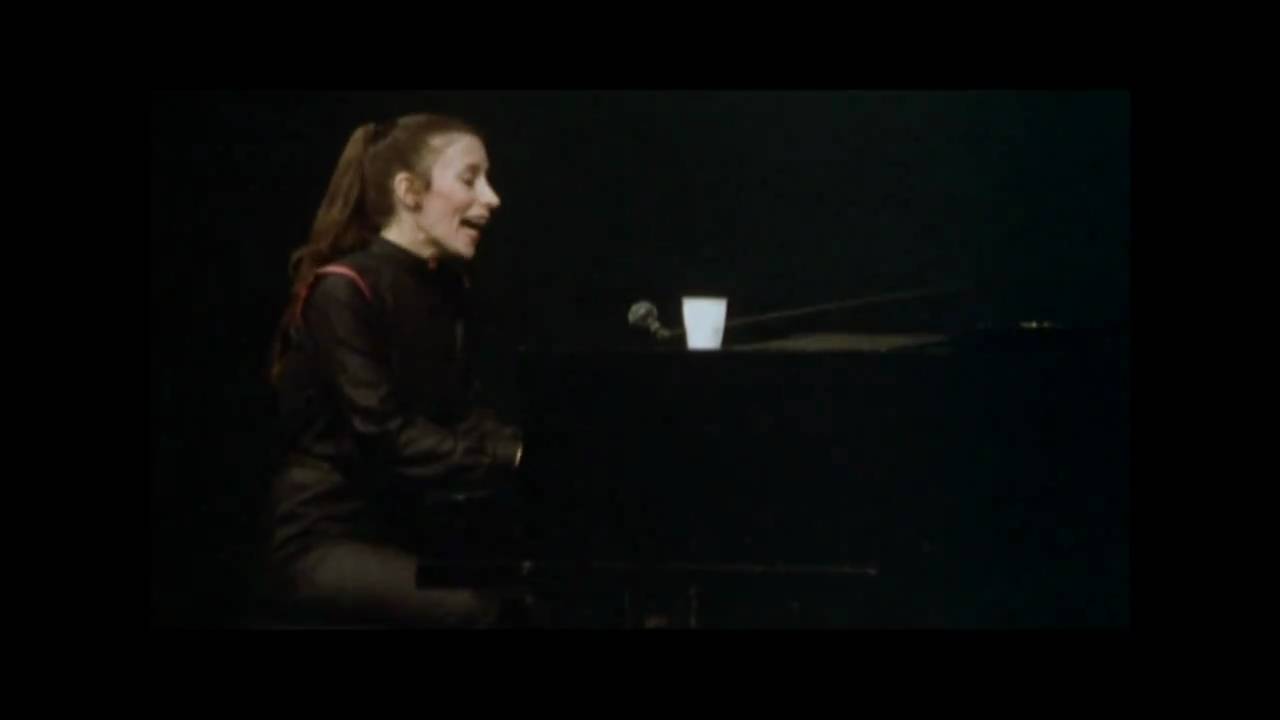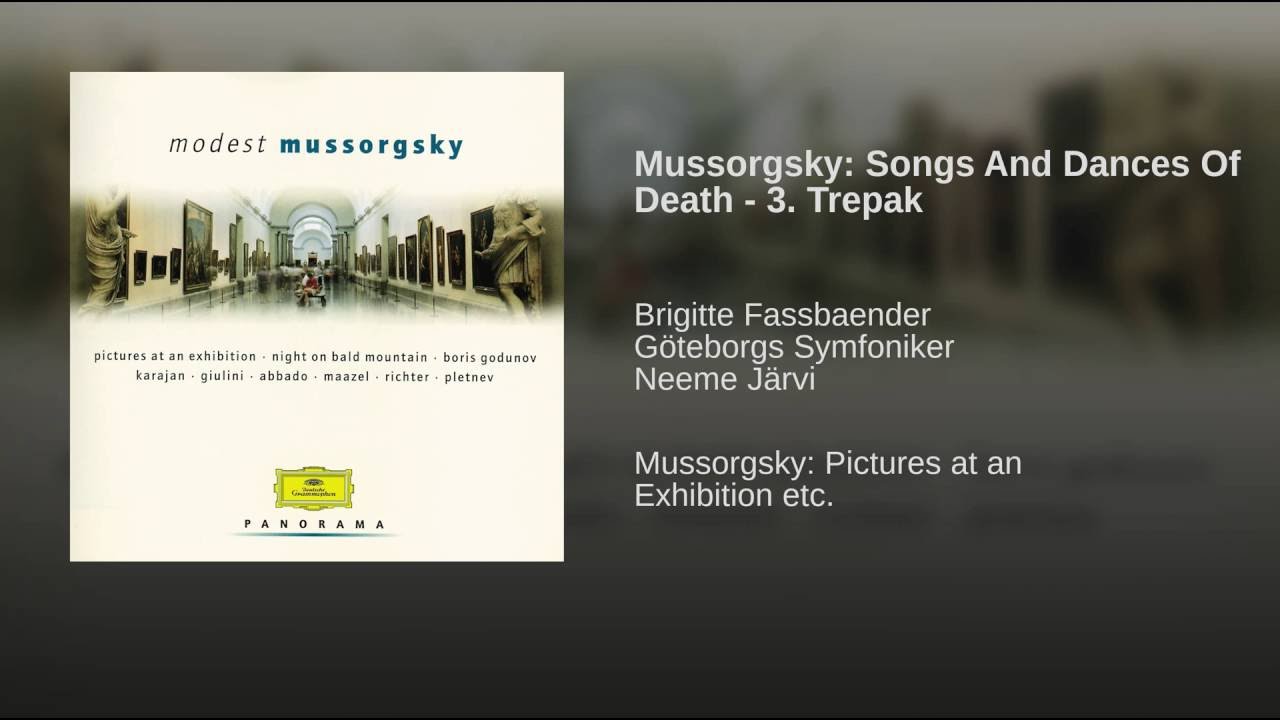Poulenc: Tu vois le feu du soir
The Wolf Trap concert I’m about to start rehearsing is another one of my quattro stagione pizzas: four groups of songs from four countries, each nationality introduced by a two-piano piece for Joseph Li and me to play. Joe had asked me to include some French music, and I obliged. I’m putty in his hands—and he’ll also be playing most of the songs.
Astor Piazzolla: Fuga y misterio
I am taking a small liberty and posting a “song” that doesn’t include any singing. But I have been so turned on by playing Astor Pizzolla’s “Fuga y misterio” on two pianos (with Joseph Li, of course) that I thought you might enjoy the excitement of the piece too. Something unusual happens to me when I play “Fuga y misterio”: I feel I become a different person. Music almost always flies me to a different emotional realm, but the physical act of pounding out Piazzolla’s tango brings out a Steve I have never before met before.
Gershwin: Hi-Ho!
One of the songs we’re doing at Wolf Trap is Gershwin’s “Hi-ho.” George and Ira wrote it for the movie “Shall We Dance,” and it finds the brothers at the top of their game. Musically complex (an early listener called it “practically a piano sonata”) and lyrically adroit, “Hi-ho” is a true Gershwin masterpiece. But it was simply too long to be included in the movie. It would have needed an expensive, elaborate set, and Hollywood was not seduced by its sheer musical brilliance. Tony Bennett recorded it as a sexy soft-shoe, but William Sharp and I exploited its careening energy when we made our Gershwin CD in 1990. I love Tony B., but I think our “Hi-ho” flies higher. And when Joe and I played it last weekend, my piano started to give off smoke. Watch out, world.
Adam Guettel: How Glory Goes
In 1925, Kentucky explorer and caver Floyd Collins lost his footing at the end of an expedition. His left leg pinned underneath a 16-pound rock, Collins was trapped in a narrow tunnel, unable to move, and after 17 days (13 of which were without food or water) he left this earthly realm.
Composer and lyricist Adam Guettel imagines Collins’ last moments, his ideations of what the next life might be like in “How Glory Goes,” the gut-wrenching final song in the 1996 musical Floyd Collins. Audra McDonald sings the tune in here in a version that I deeply treasure.
Hugo Wolf: Im Frühling
We are lying on a hillside in springtime. Wolf dreamily can’t settle on a key in Möricke’s quietly desirous meditation on the uncertain longings of spring, and the voice and piano slither around like the disconnected thoughts of the narrator. In long-spun sinuous melody lines, we stand with our hearts open wie die Sonnenblümen, like sunflowers, hear the buzz of the bee in our ears, and wonder when our longing will be stilled, when we will be with our one and only love. Massive and Romantic sighed are sighed.
Elton John: I Guess That’s Why They Call It the Blues
In the spring of 2012, I got a real bad case of The Blues. I had just finished grad school and felt like I was supposed to be “done” – a perfect, polished adult, with a budding singing career. Objectively, things weren’t too bad. I was living in a nice apartment in Princeton, New Jersey. I had friends, I had a few jobs, and I had the tendency to drink a little too much on occasion, partially owing to the potent combination of mounting internal pressure and the black hole of uncertainty that is the making of a career in singing. On more than one occasion during this period of time, I listened to Sir Elton John’s “I guess that’s why they call it the blues” on repeat at 2 in the morning.
Charles Ives: Two Little Flowers
I love a song that will always make me cry. One of my most tried and true waterworks wranglers is Charles Ives’ simple ode to two little girls in his life, “Two little flowers (and dedicated to them)” (1921), performed here by the excellent Bill Sharp and our beloved Steve Blier.
Kate Bush: Wuthering Heights
I love a song that will make me cry, without fail. I love a song that just INSISTS upon repetition. One hearing is never enough, and neither is five or ten or even fifty. My first offering as guest blogger for the esteemed NYFOS SOTD blog falls squarely in that second category—a song whose first hearing blasted its way onto my “repeat and repeat and repeat and repeat” list.
James Kennerley: Arise, my love
We thought we’d start where we left off at the beginning of the week and present a song that celebrates partnership and love. It’s been a fun journey for us and I hope that it has been as entertaining to read as it has been for us to write! Emily and I were married in July 2016 and, both being musicians, we wanted to ensure that our guests were suitably entertained during the ceremony. I started working on some brass arrangements for the hymns, and said to Emily that I’d like to write a song for her. The deal was that Emily would choose the text and I’d write the music: the perfect partnership, yes? Well, you would have thought so…
Robert Schumann: Mondnacht
From ages 13 to 18 I would spend as much of my time as possible accompanying the music lessons of my fellow schoolmates. It taught me—despite being quite unaware at the time—a multitude of musical skills that would go on to inform my career. To make good chamber music it’s not good enough to concentrate solely on your part. One must be fully aware of the other performers and their parts too in order to make truly collaborative music. I found this kind of music-making desperately satisfying, more so even than solo performing. The electricity of that musical symbiosis (presuming you have a partner who is equally into collaborating as you are!) is utterly exhilarating and without compare. It’s the ultimate partnership.
Edward Elgar: Where corals lie
I’m so glad to be able to share one of my favorite voices ever with you today. Janet Baker was born in 1933 to a coal mining family in Yorkshire in the North of England. She went on to become one of the most highly acclaimed mezzo sopranos of her generation, known particularly for her performances of Mahler, Berlioz, and Elgar, and for her long-time association with Benjamin Britten. She also specialized in performances from the English song and German lieder traditions, and pioneering performances of Baroque opera.
Stephen Sondheim: The Girls of Summer
‘The Girls of Summer’ by Stephen Sondheim has long been a favorite song of mine. It was a treat to hear it sung so beautifully last week by Meredith Lustig at the NYFOS gala at Carnegie Hall, with Sondheim himself in view of the stage. What a perfect song this is: sultry and mournful, with a twist just at the end. This is a song that I remember from several NYFOS programs, and I have a fond memory of singing it a few years ago, accompanied by James at the piano. Yes, my English husband can play Sondheim just fine.
Ella Fitzgerald sings “Bei mir bist du schoen”
James and I are thrilled to be hosting #SongoftheDay this week. Music is what brought us together. We met singing in church, while he was music director at St. Mary the Virgin in Times Square, and I was a last-minute soprano sub for an Evensong service (quartet!) in May 2010. The rest is history, as they say. We celebrated our wedding in July 2016 in the Berkshires, with an additional blessing ceremony in the UK at Jesus College, Cambridge (James’ alma mater) in August. I had toyed with the idea of singing this song at our wedding in July, but in the end we were happy not to be performing on our memorable day!
Meredith Monk & Rufus Wainwright
I adore this video and watch it when i need a mood lifter. It’s short and totally charming. The performance captures Meredith’s great spirit—her purity, humor, uniqueness.
And it’s a rare example of Meredith with her hair loose (well, in a ponytail) and singing using standard English words. Enjoy!
Mussorgsky and Shostakovich
Mussorgsky’s last great work is the four-song cycle Songs and Dances of Death, written in the years 1875-77, when he was in serious decline. He would be able to write only a few more songs (one of them the Chaliapin favorite “Song of the Flea”) before his death in 1881. Songs and Dances, like his other great cycle Sunless, were written to poems of Mussorgsky’s friend and distant cousin Arseny Golenishchev-Kutuzov. Each of the poems presents us with a realistic situation of individuals in extremis–an infant, a young woman, an old drunk lost in a snowstorm, soldiers on the battlefield–and adds death in human form as a charismatic and seductive catalyst.


